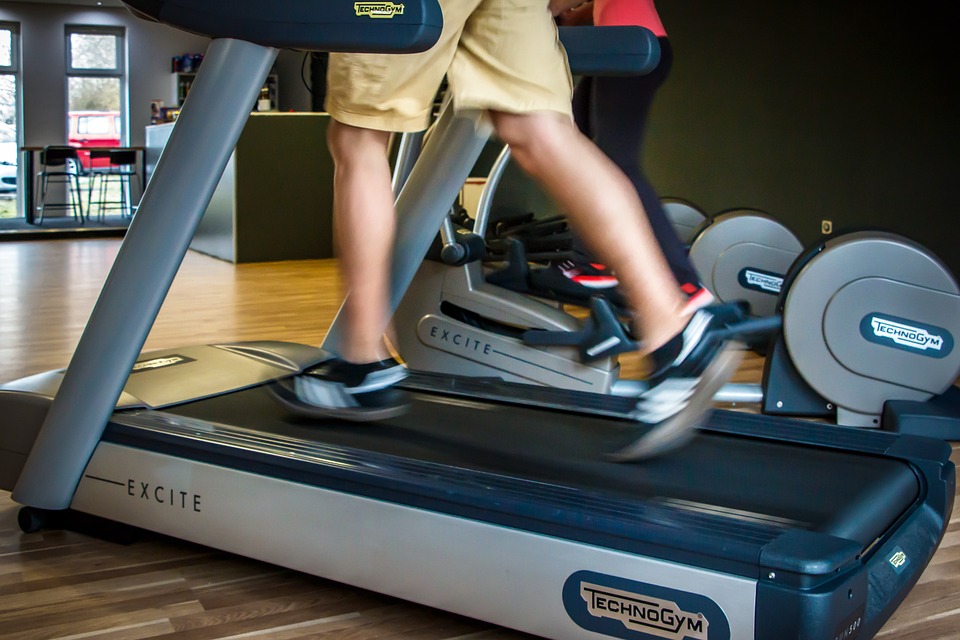No matter what type of training you are doing, it is essential that you give yourself the necessary time to warm up and cool down.
Warm Up Explained
A warm-up is an exercise you do for a short period of time before your main workout; this can last anywhere from 5-15 minutes depending on the type of exercises you are doing. For example, if the workout I am about to perform is hill sprints, I would jog the hill 1-3 times at 30% intensity. Then, I would jog the hill 2 more times at 60% intensity before going right into doing hill sprints with 100% intensity. A common warm up I do and that I have my clients do as well is walking on a treadmill with the highest incline and speed between 2.5-3. This is a simple warm-up I may do with a client that can last anywhere from 5-8 minutes.
Warming up raises your body temperature which will allow you to perform your workout more efficiently. At higher temperatures, your muscles become more stretchy, meaning it is less likely to tear, which in return prevents injury. It also prevents premature fatigue by inhibiting the buildup of lactic acid in the muscles and removing metabolic by-products in the muscles like carbon dioxide, lactic acid, and water.
One benefit of warming up that we tend to take for granted is that it allows you to see if you are in pain or you are sore. If you are warming up and your back is in excruciating pain, you know that there is a problem and that it is in your best interest not to do anything that will strain your back. It is a good way to see how your body is feeling and gage the right approach for your workouts. Warming up also allows your cardiovascular system to adjust to the increase in blood flow which will help you exercise efficiently and effectively. There are countless benefits to warming up so just know that it is extremely beneficial for you and will help you work out efficiently.
The Importance of Cooling Down
Cooling down is a factor in exercising that often gets overlooked, but is another aspect that should be added into your workout plan. Cooling down reduces soreness and injuries in two ways, first by decreasing the accumulation of lactic acid build-up in your muscles (which is a chemical that causes your muscles to be sore), and second, by gradually decreasing the temperature in your muscles. Cooling down also prevents a situation called venous pooling. Venous pooling is when blood pools in your lower limbs after you suddenly stop working out, without cooling down. When this happens, you leave your heart in a bad position because it continues to work hard from the exercise you were just doing, but it doesn’t get the necessary oxygenated blood it needs because it is in the lower limbs of your body. When these incidents happen at the same time, you may be susceptible to dizziness or maybe even fainting. SO COOL DOWN!!!
